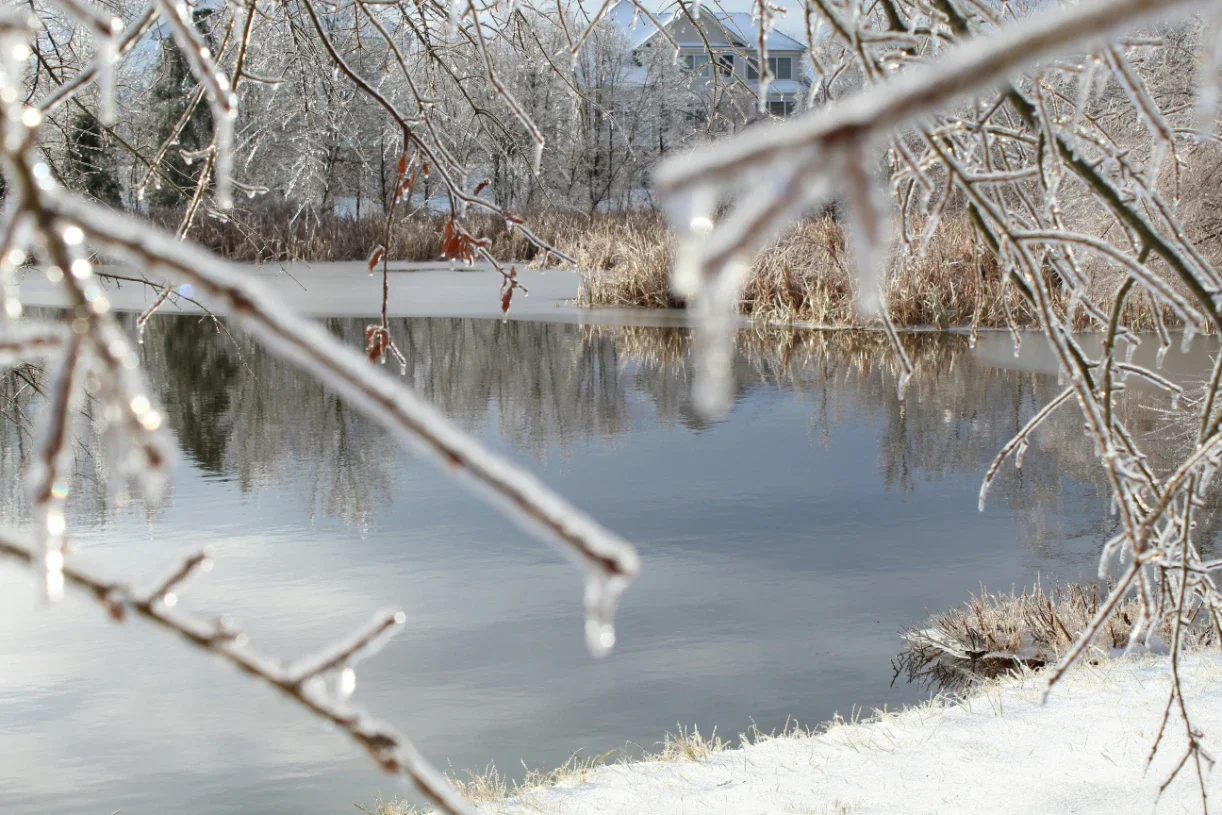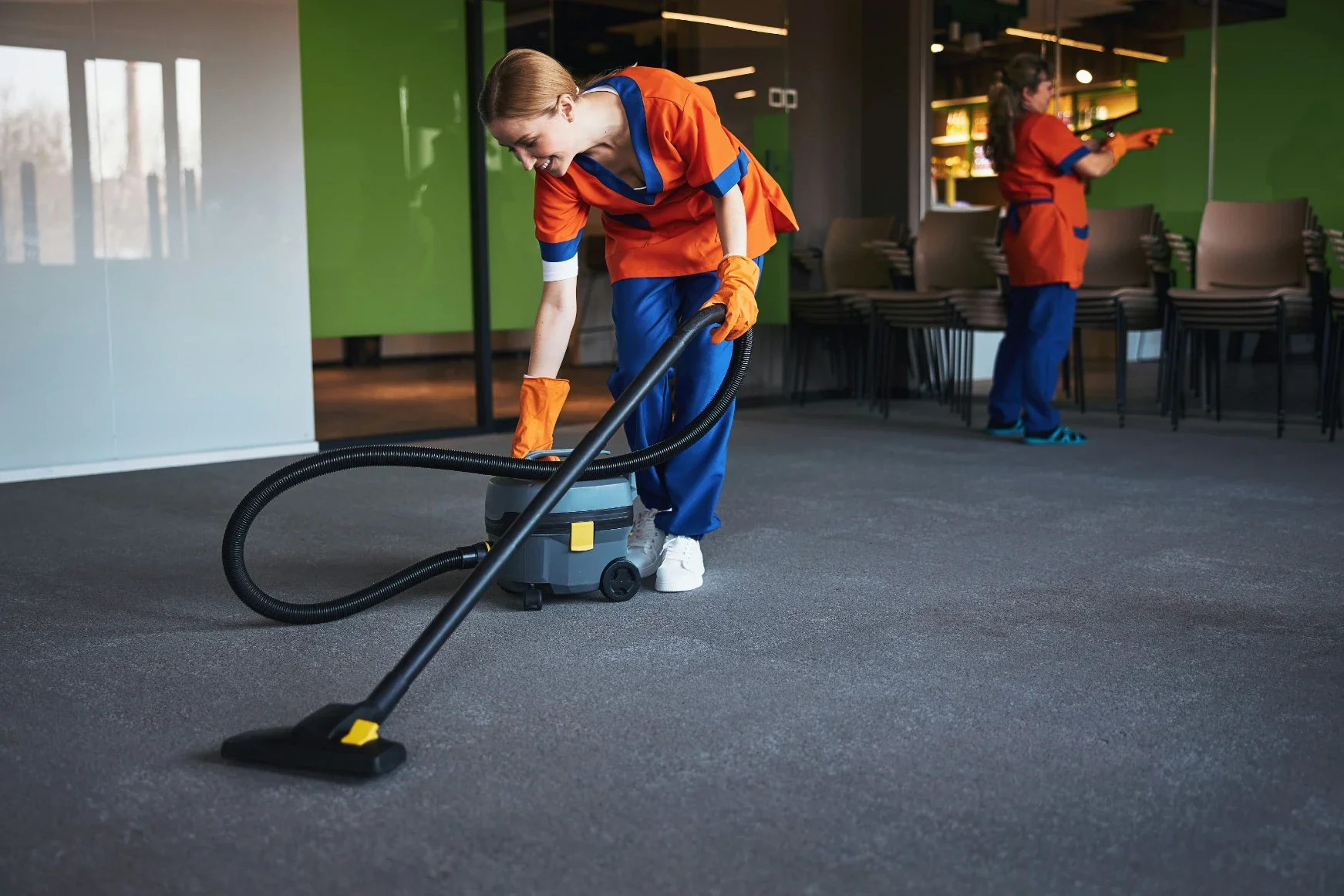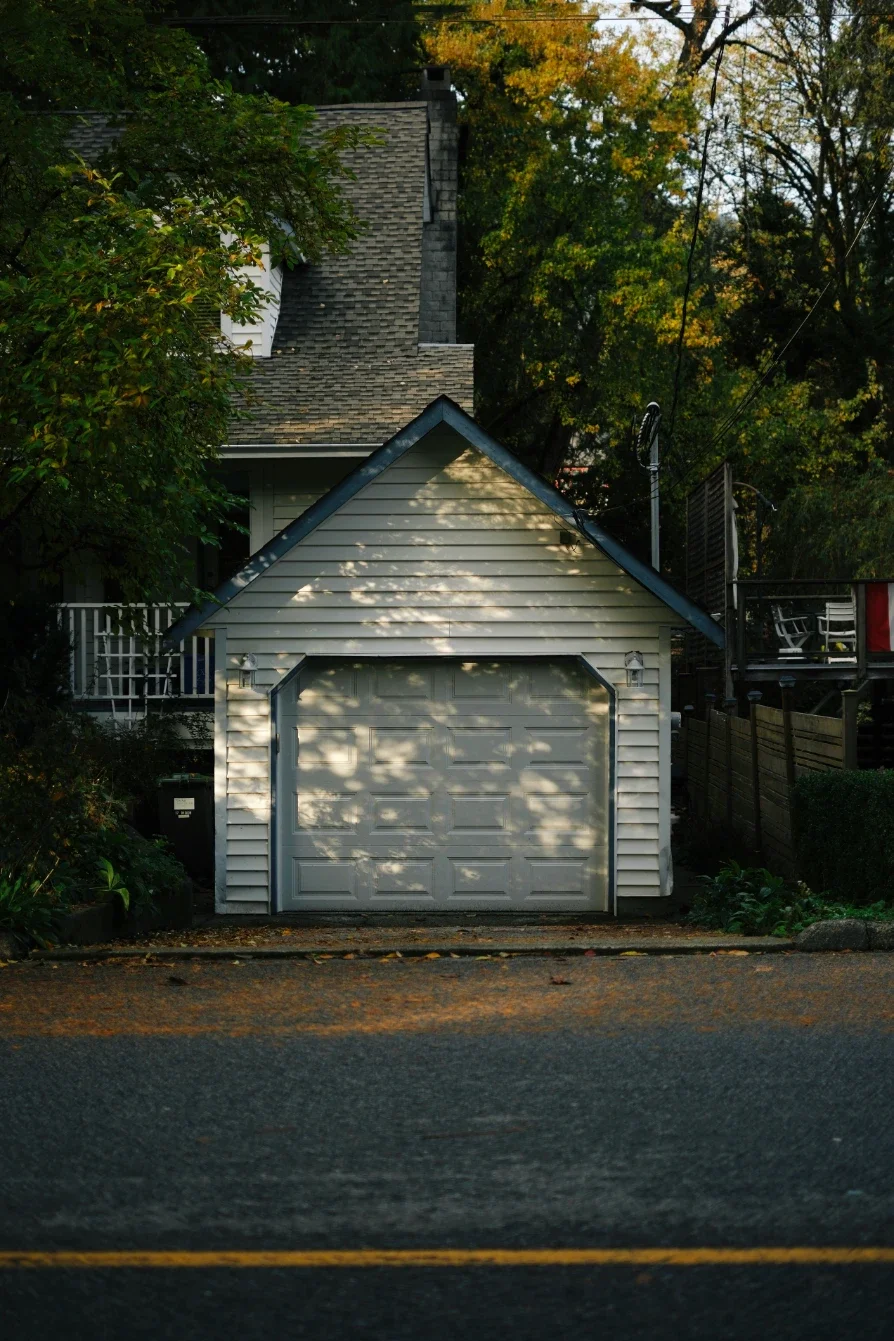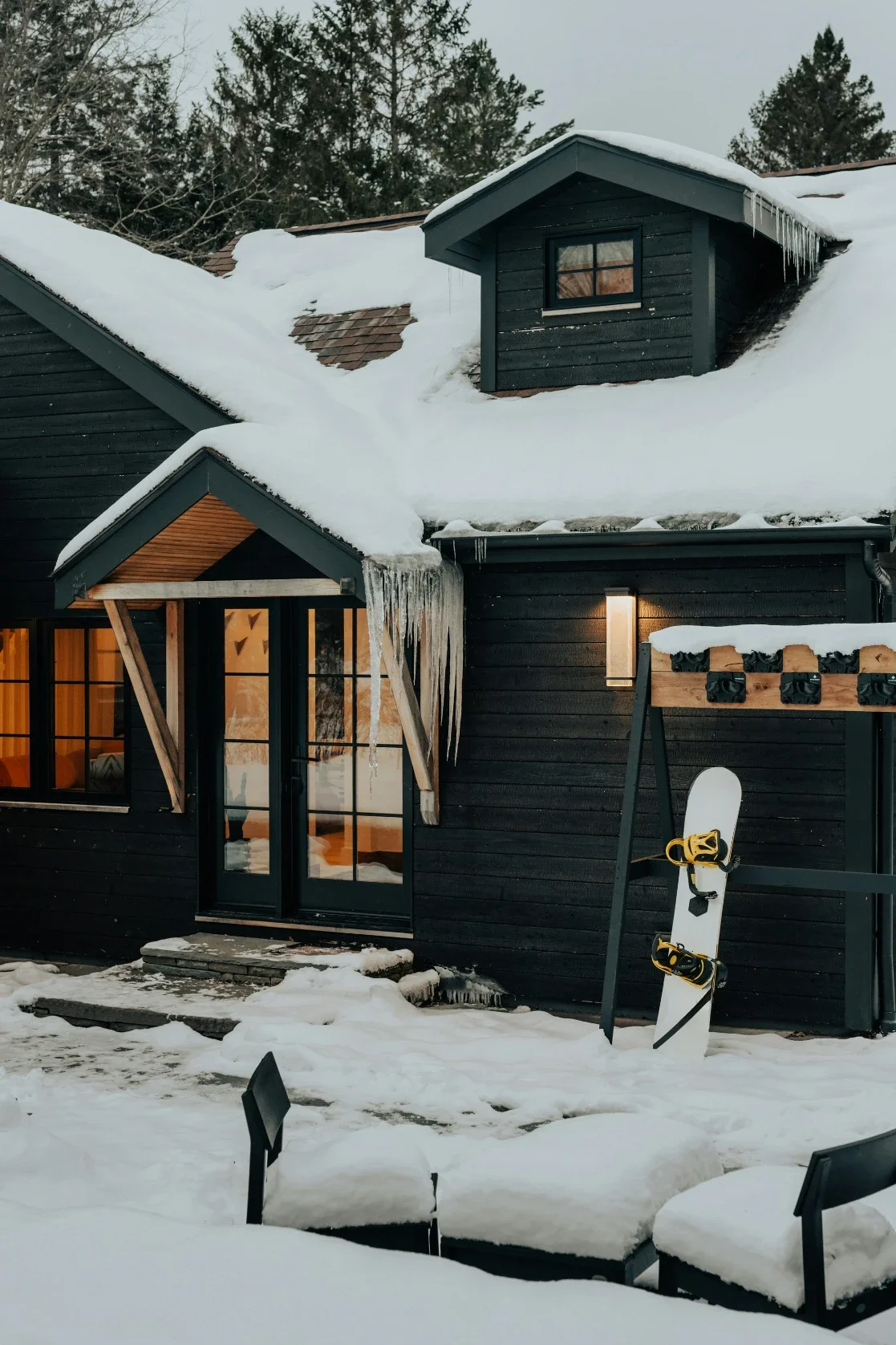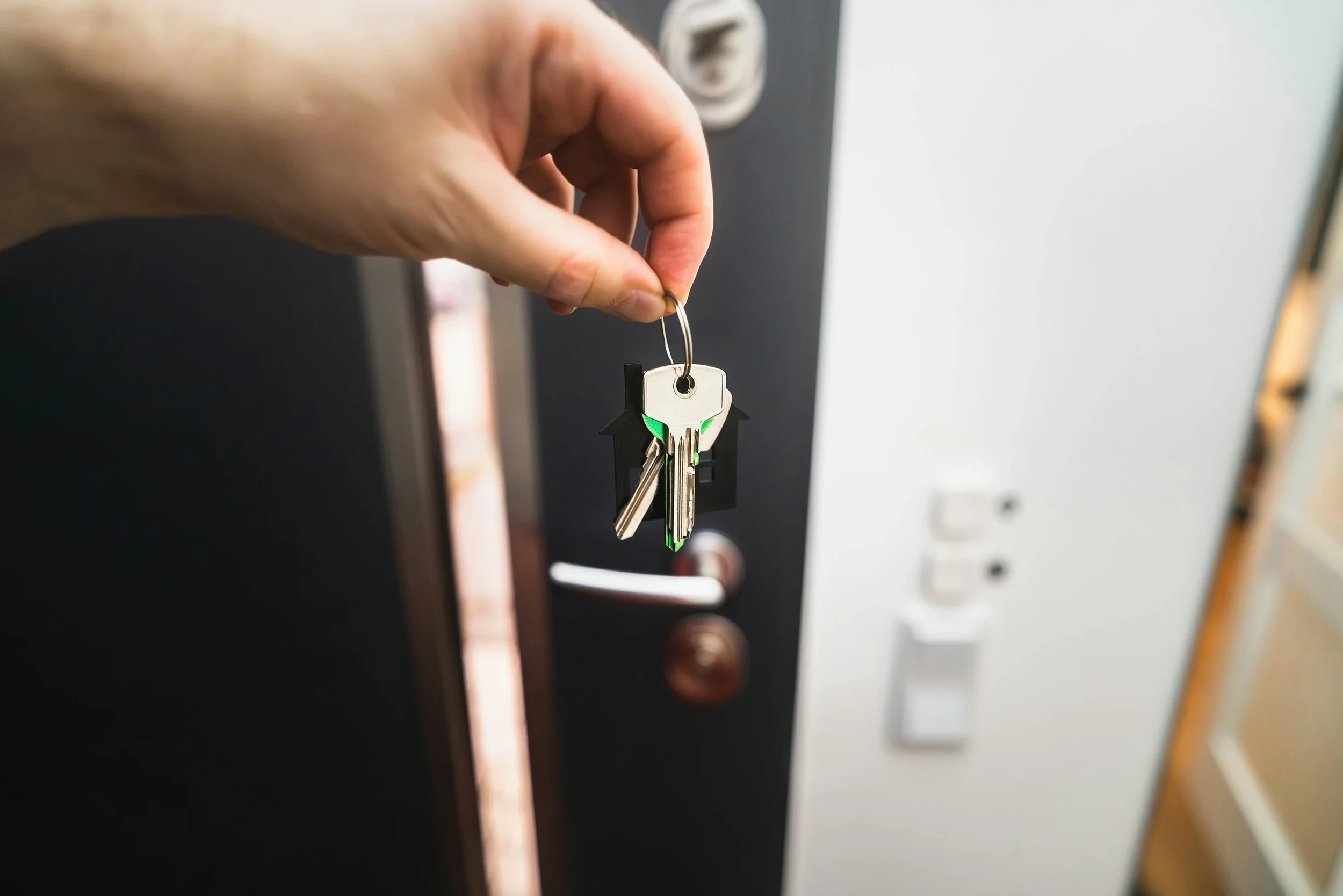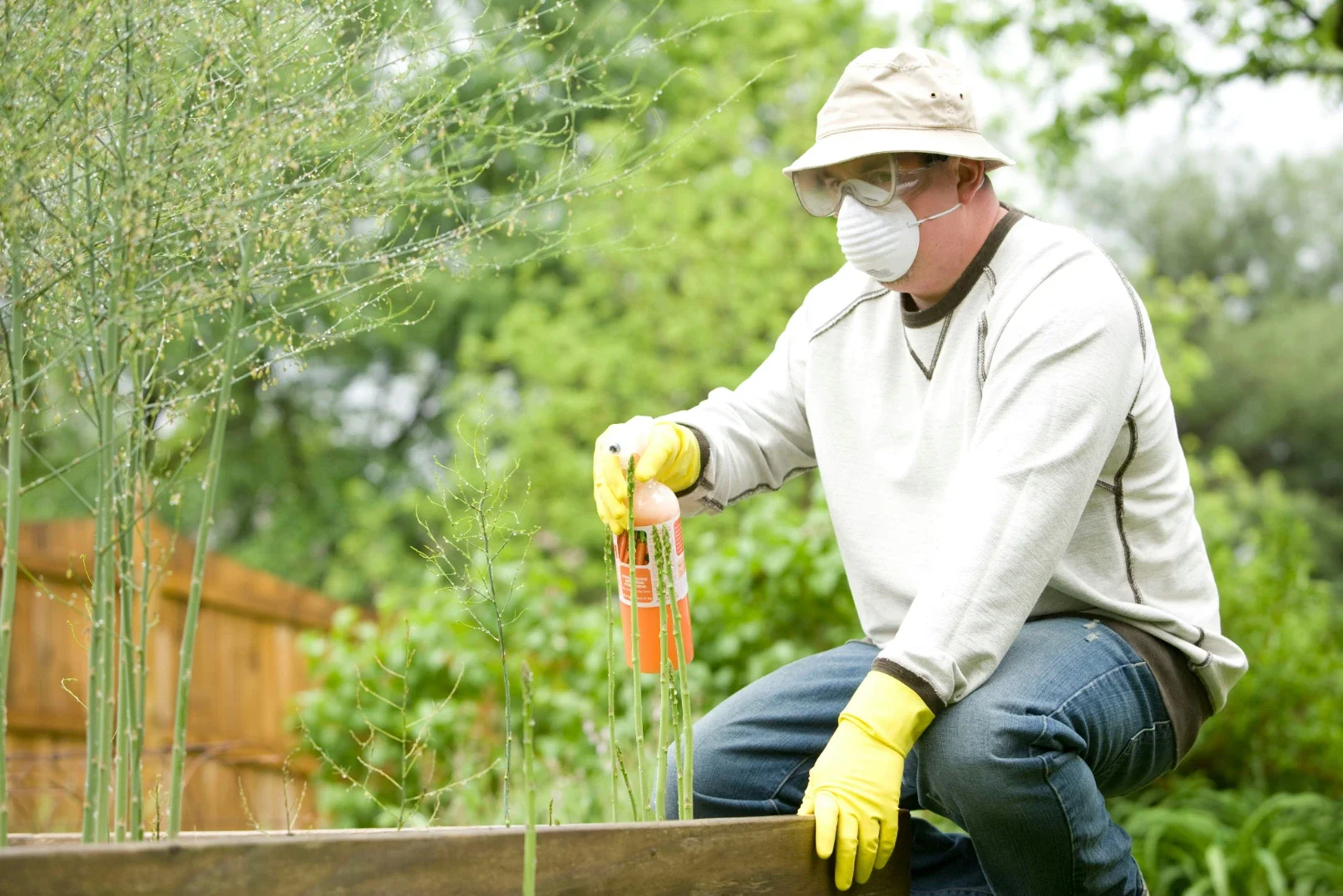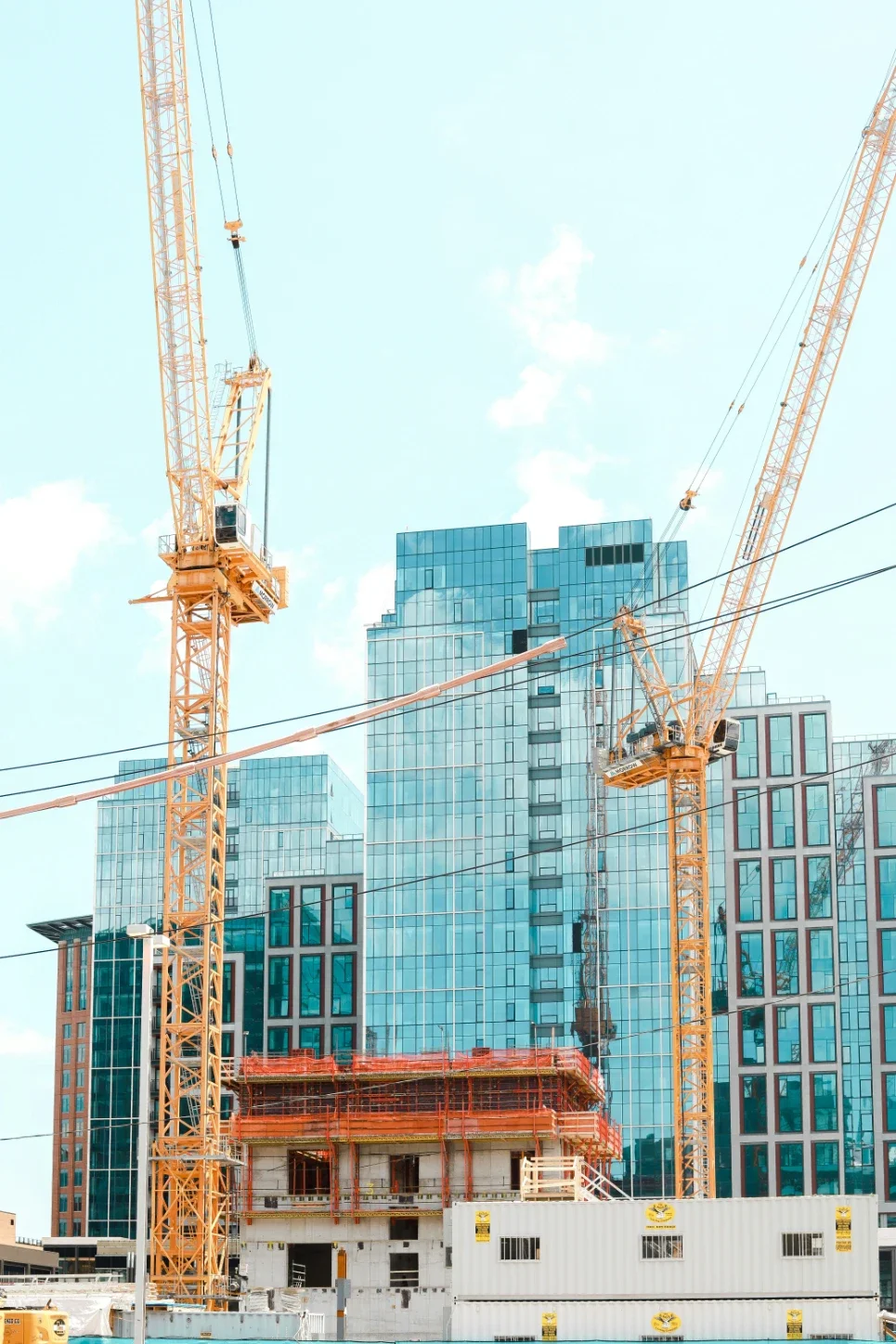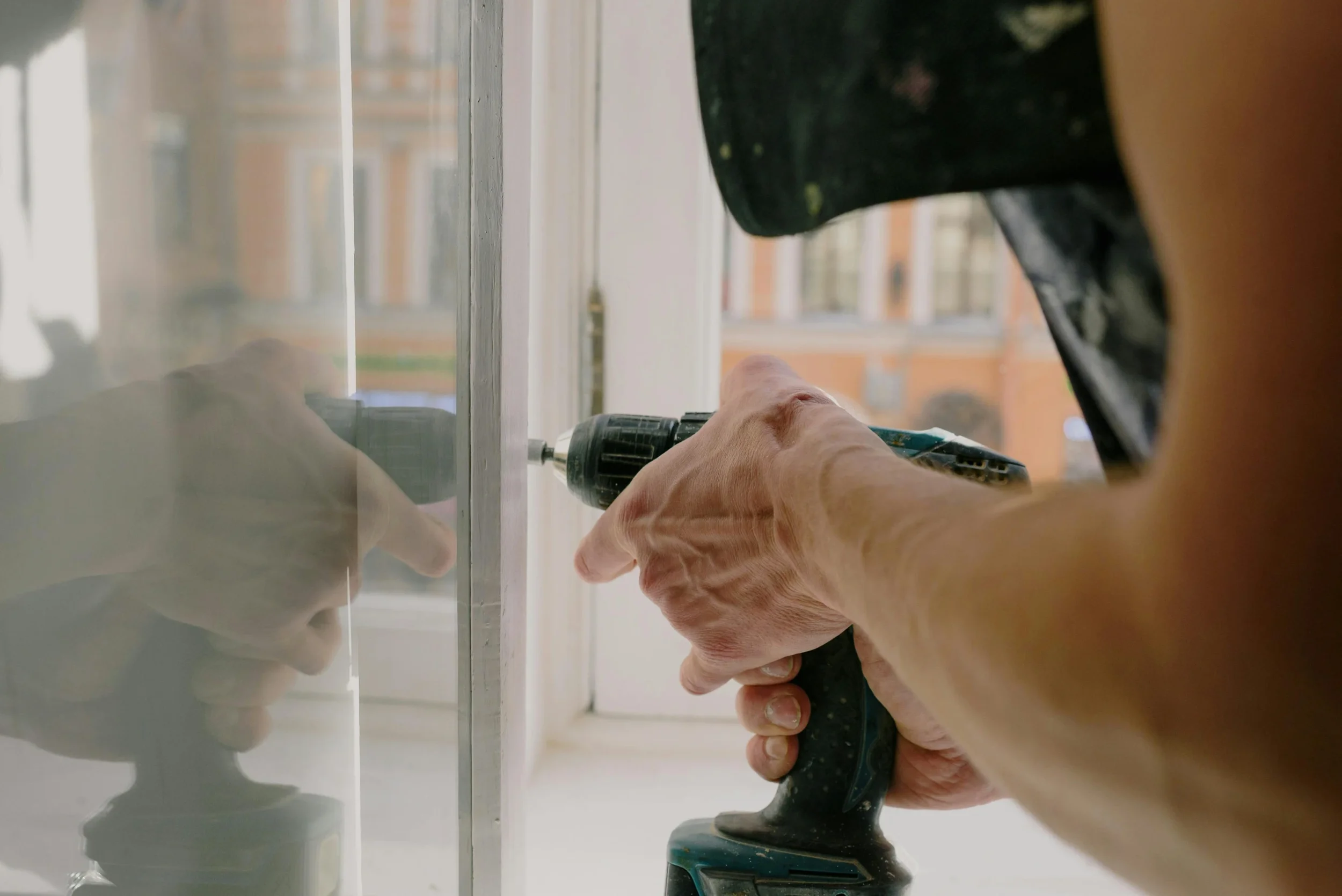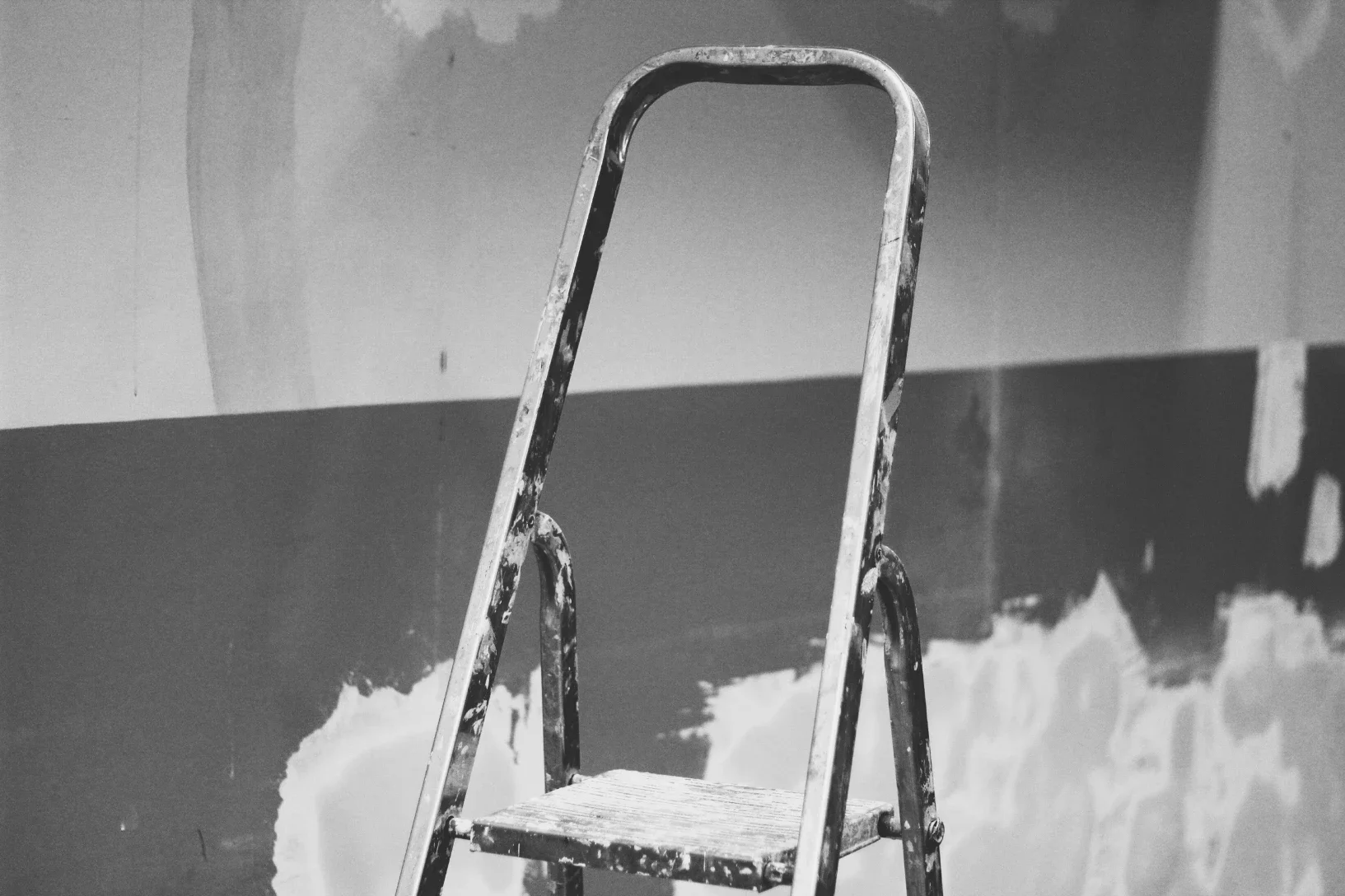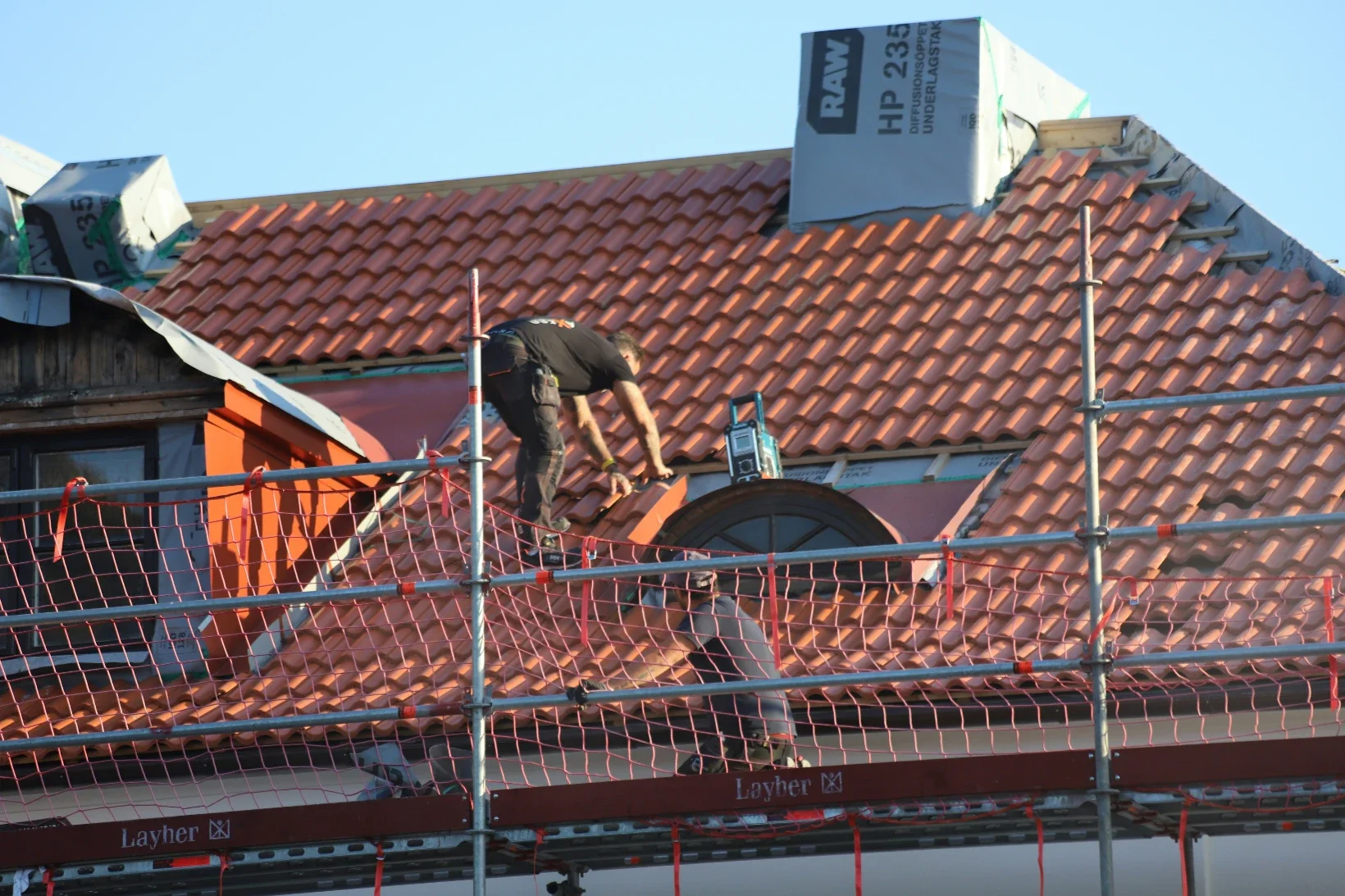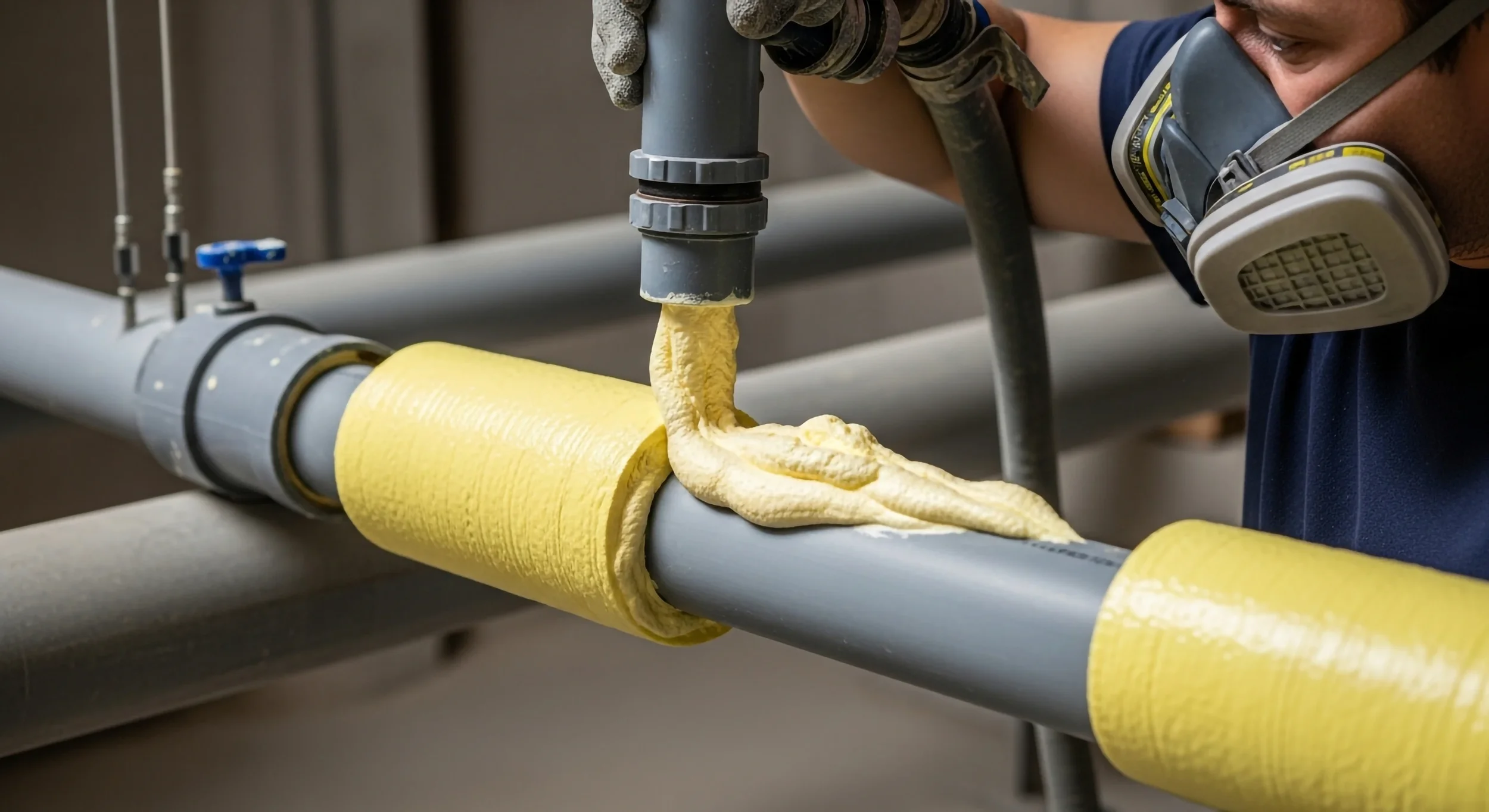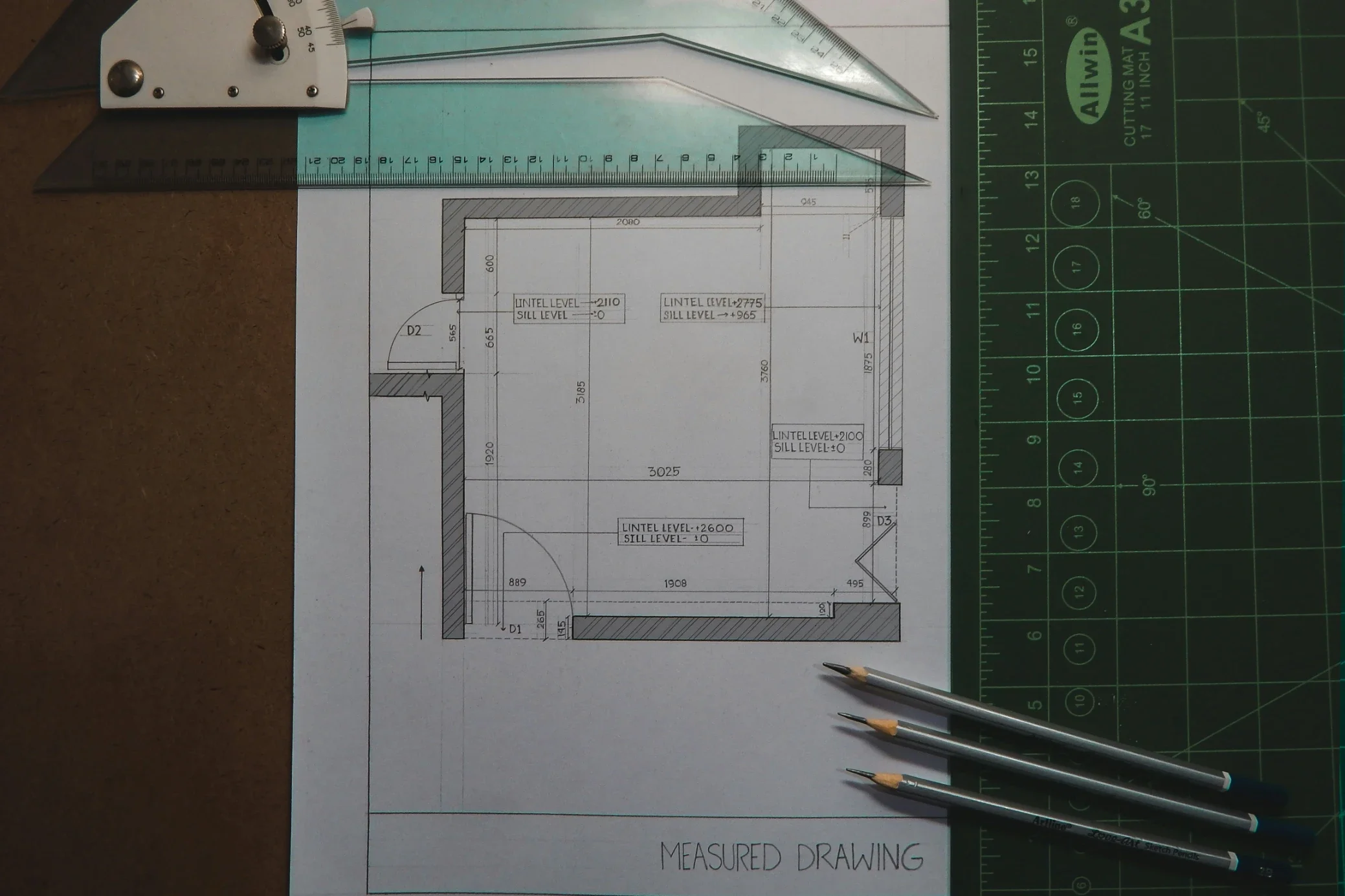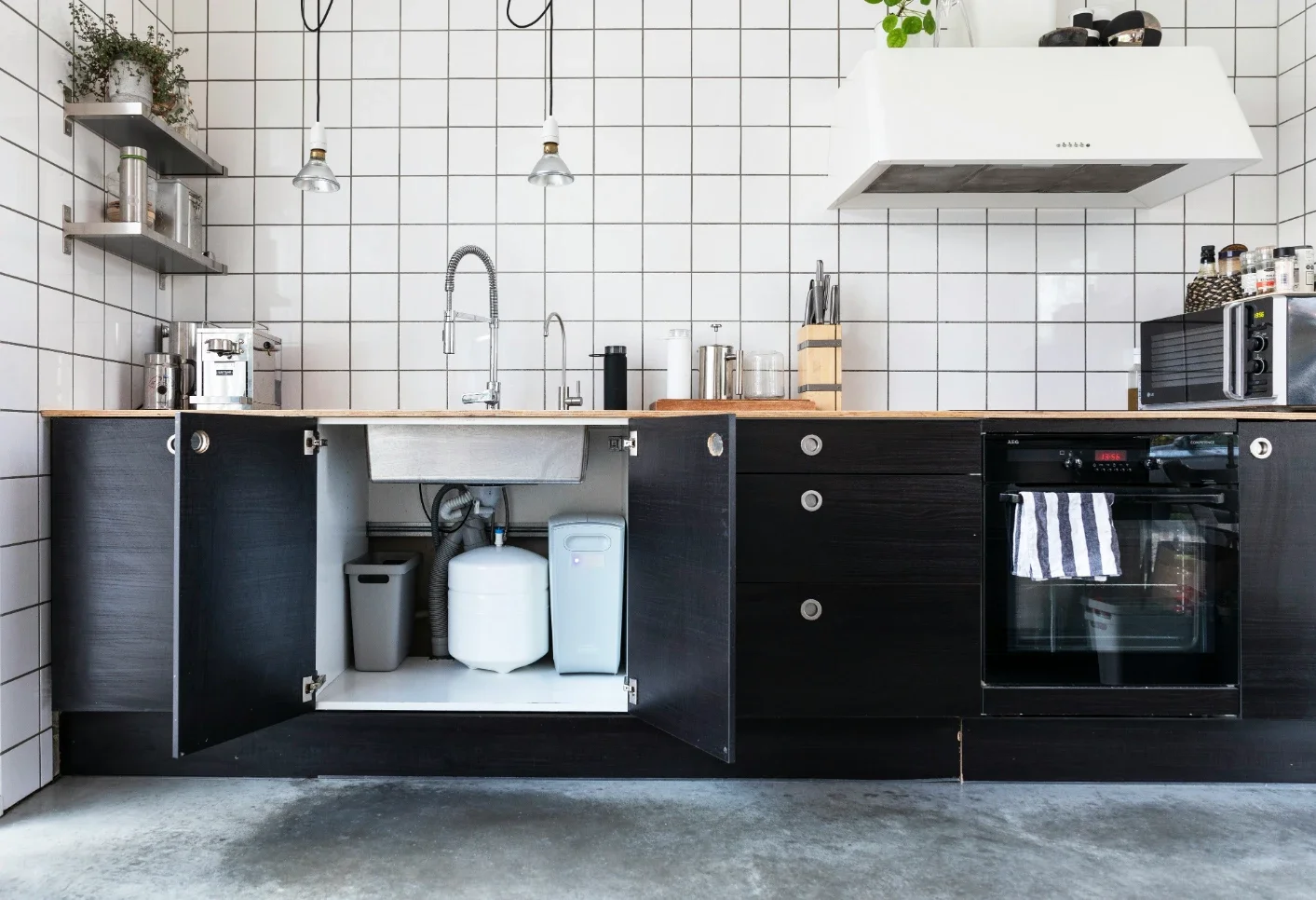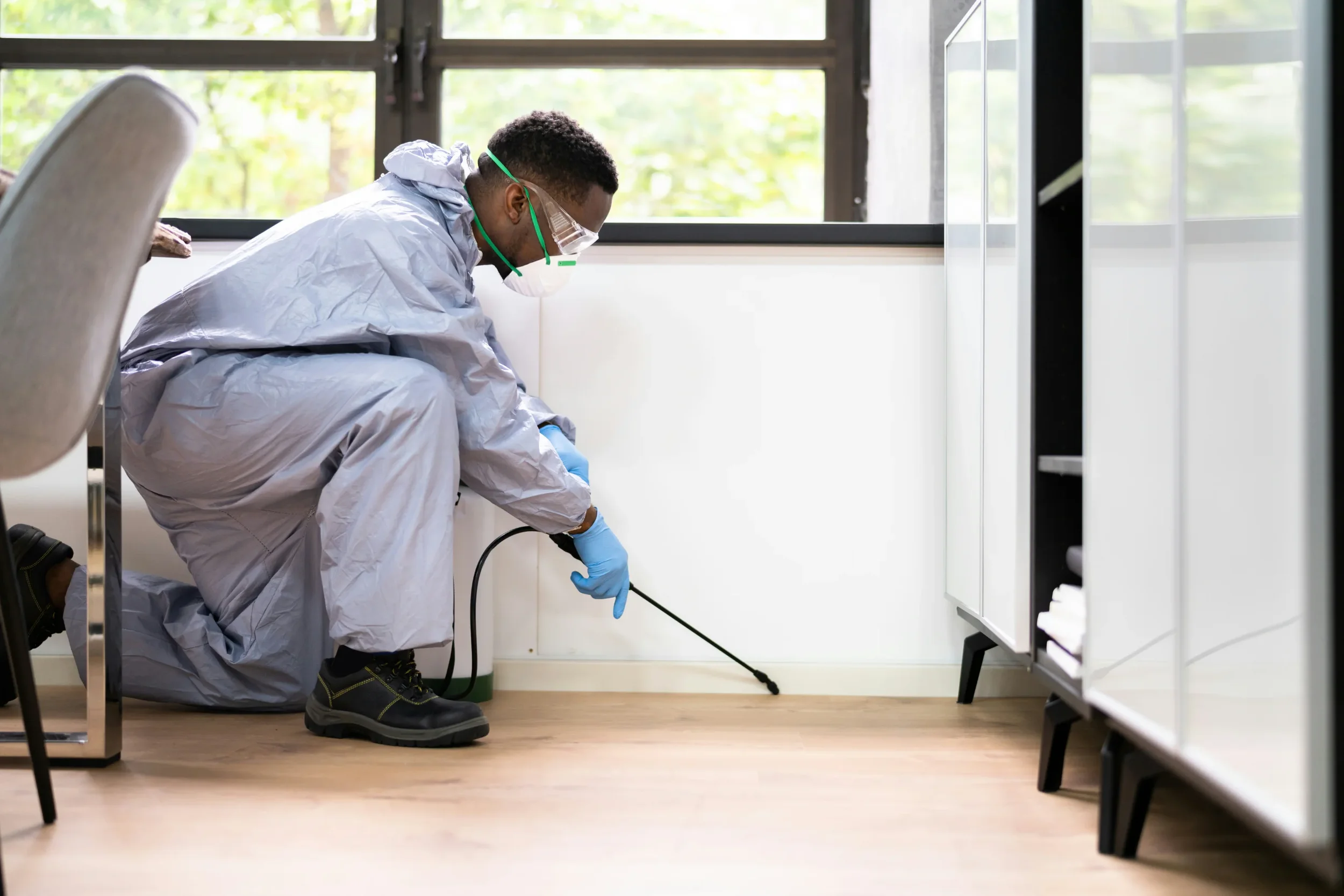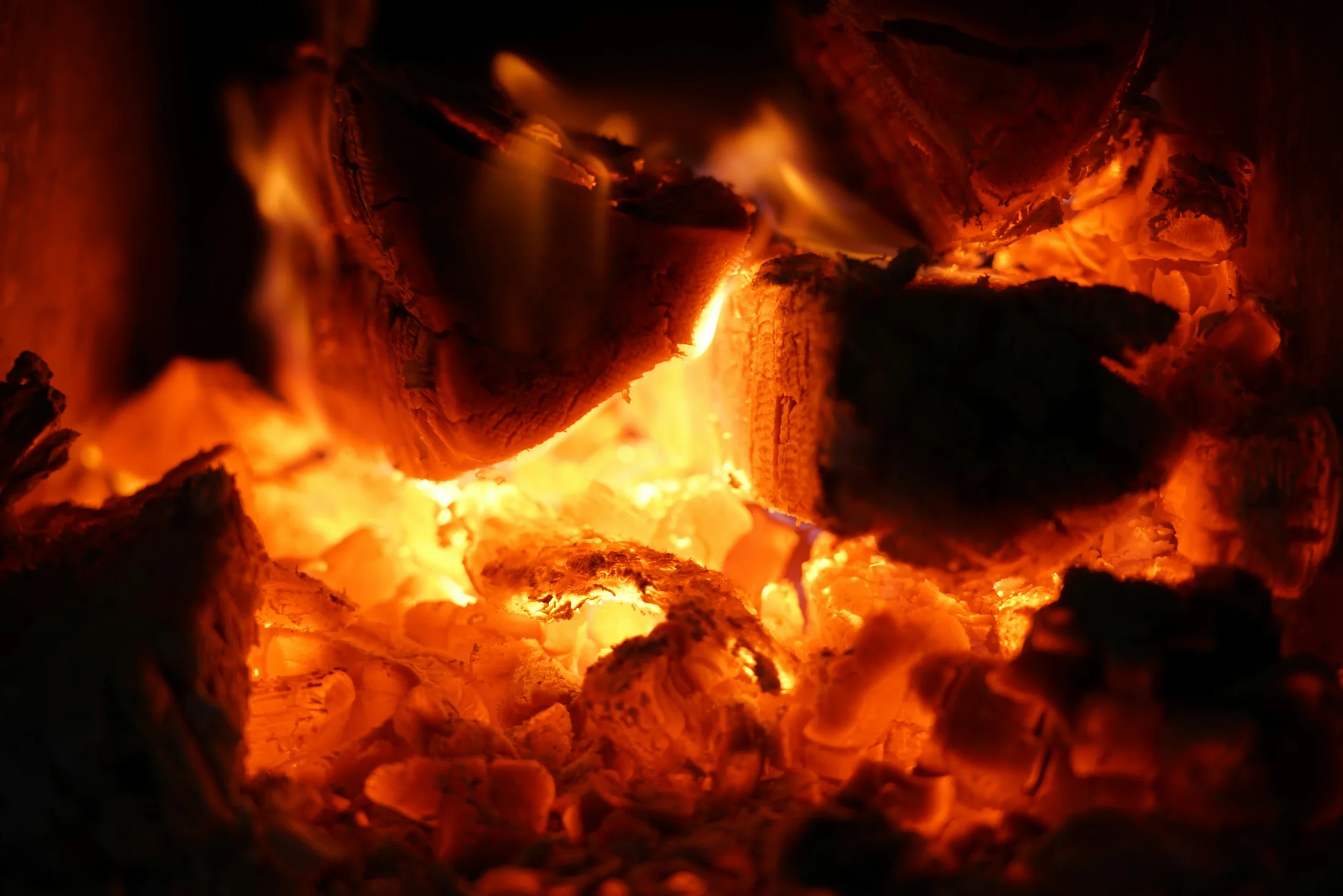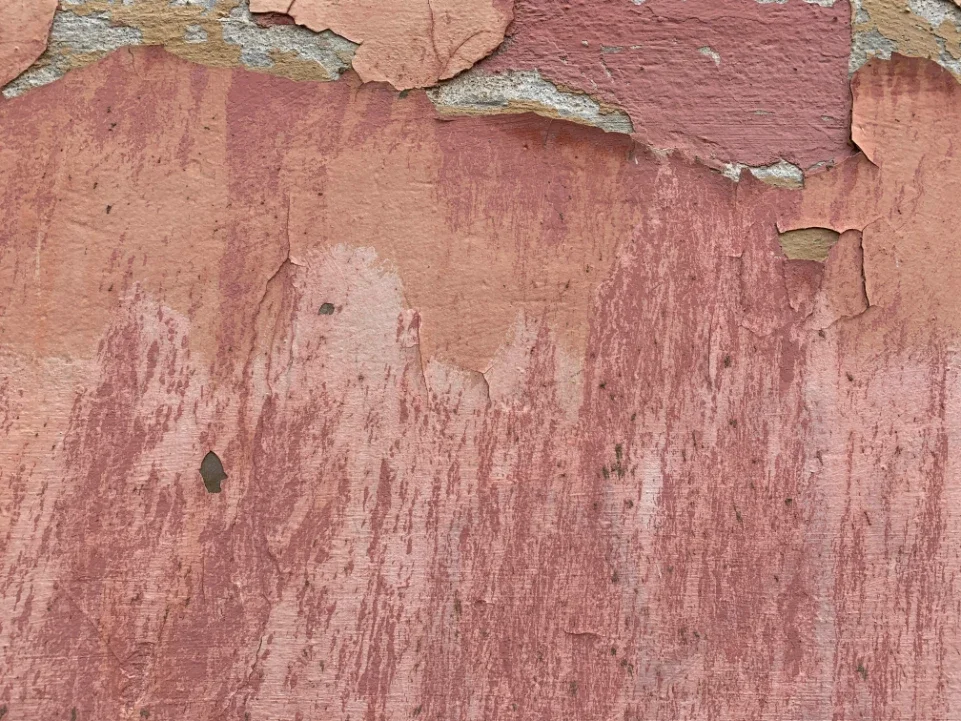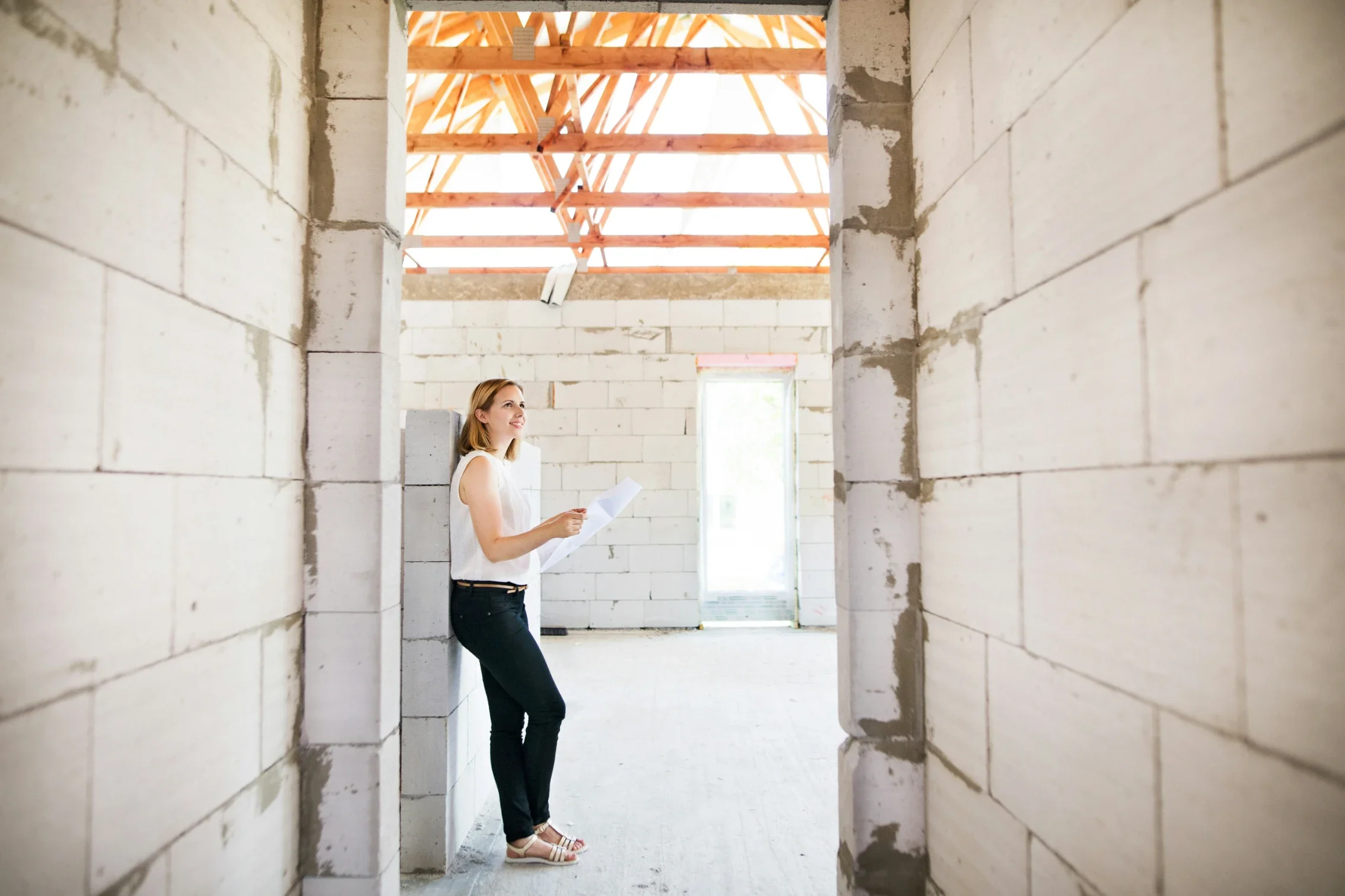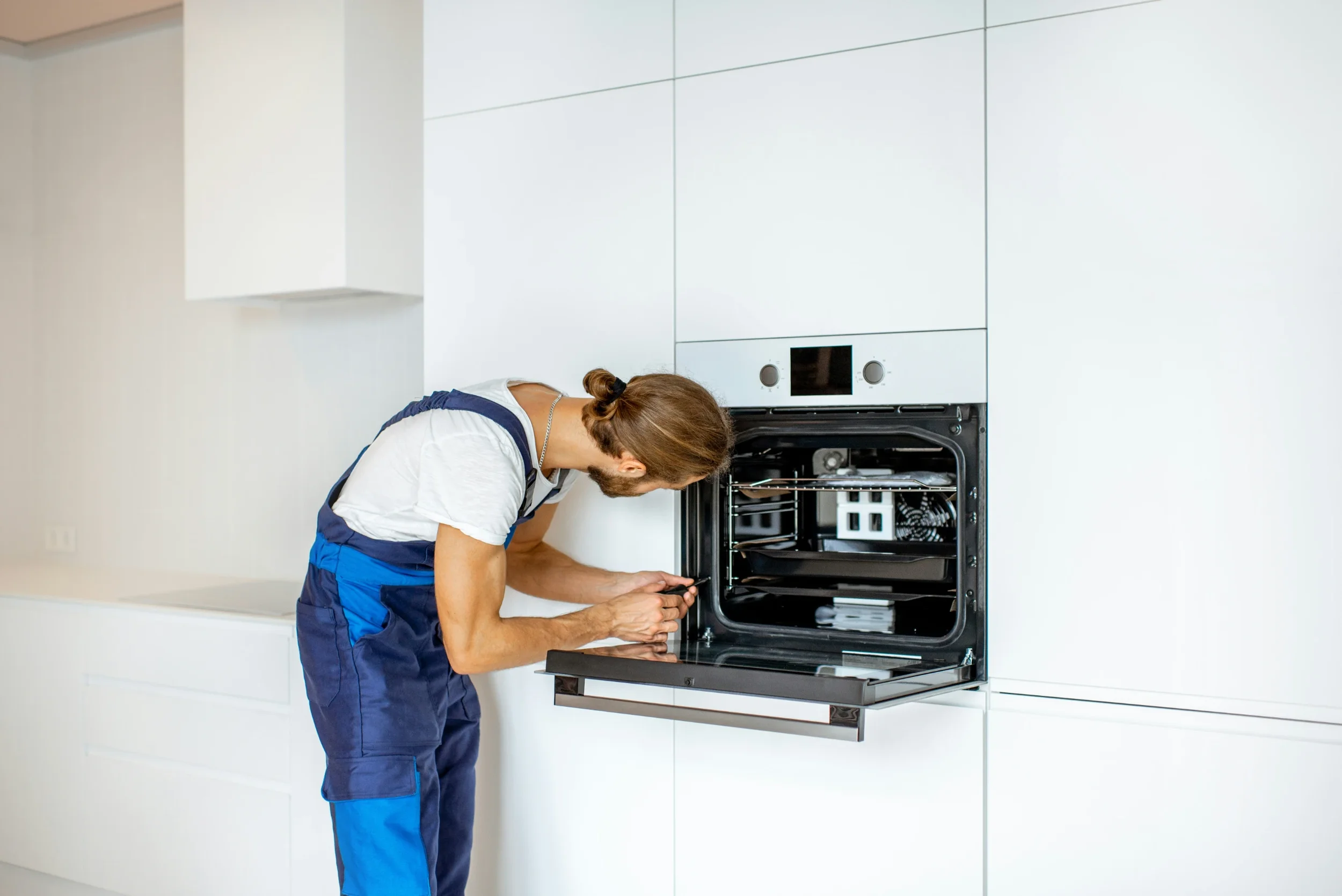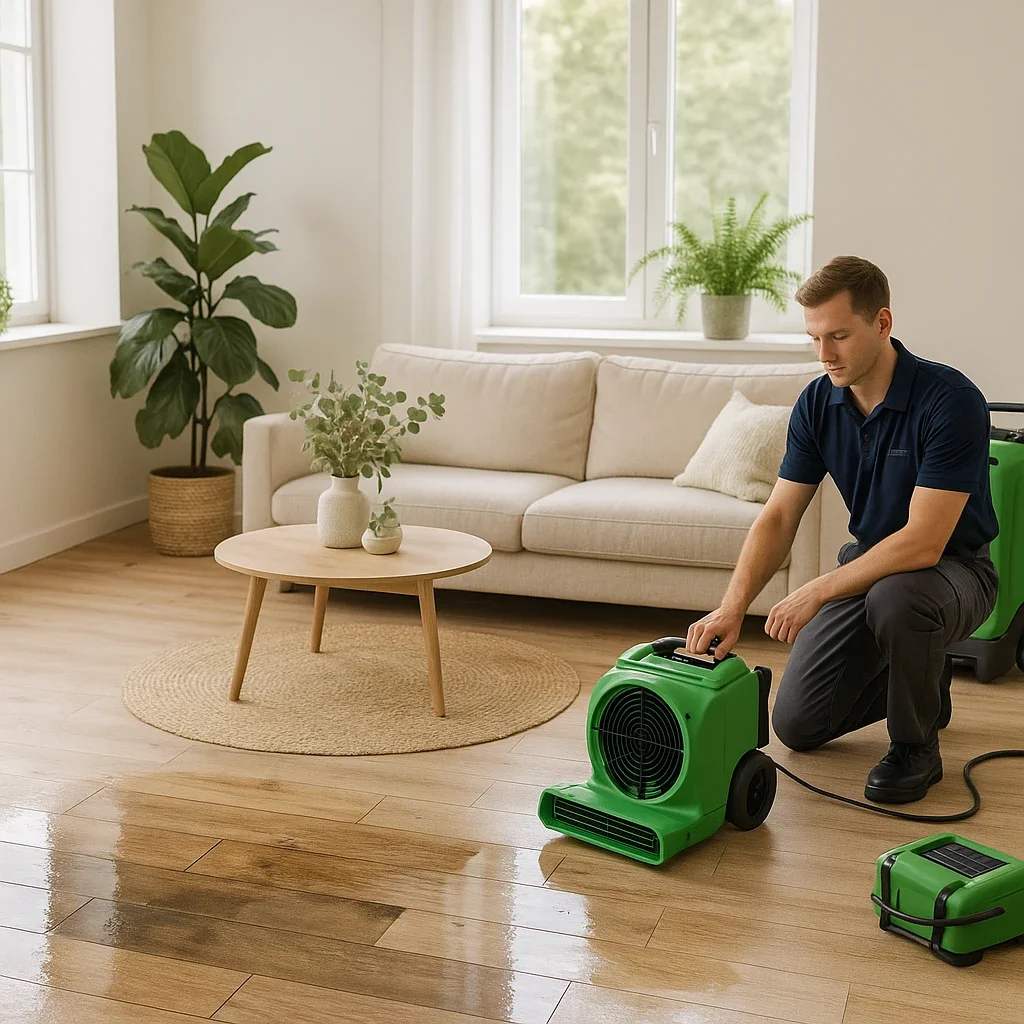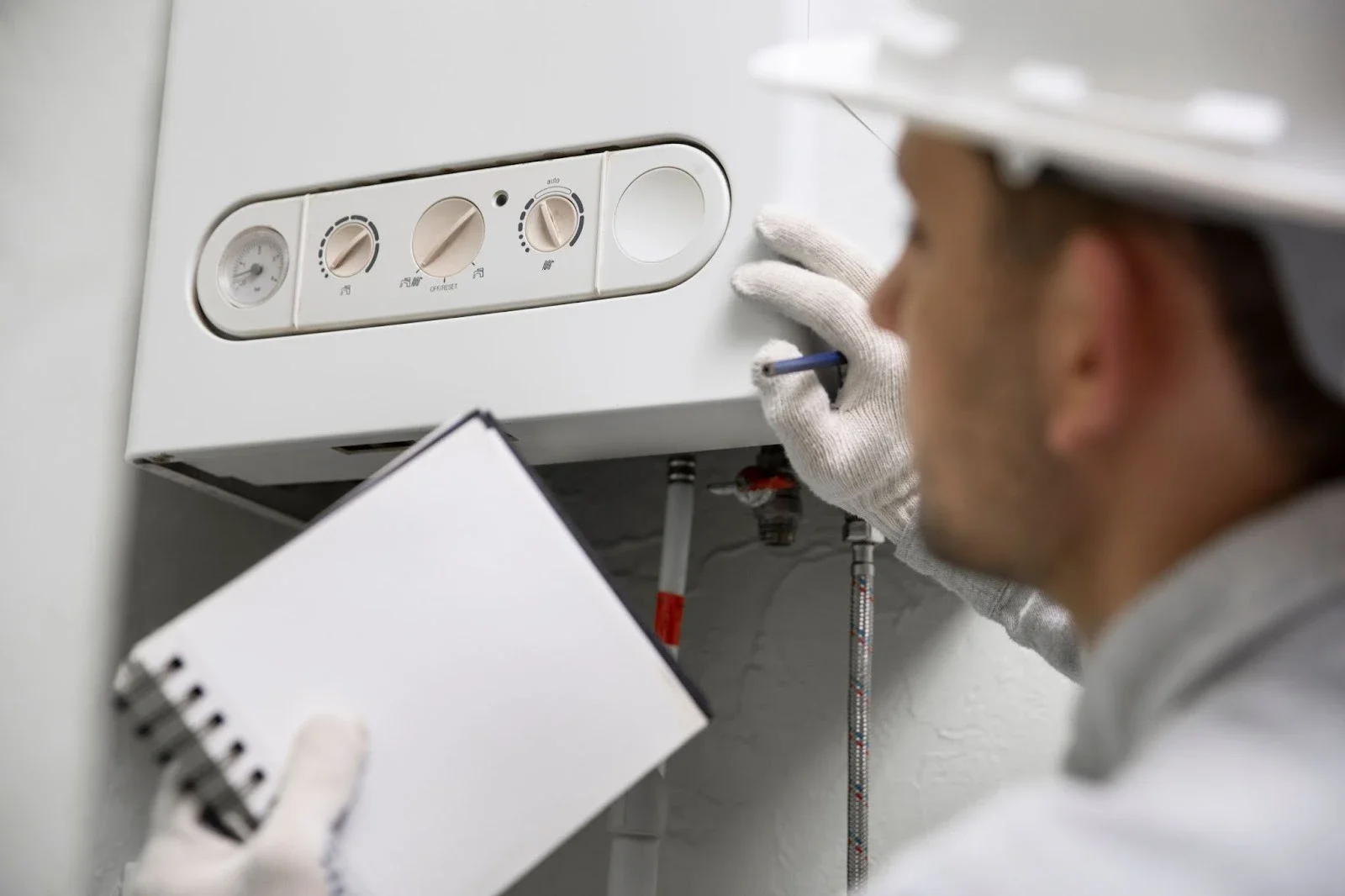Emergency Roof Repairs: Responding to Sudden Damage and Leaks
Addressing sudden roof damage or leaks requires swift action. Discover how to handle emergency roof repairs effectively to safeguard your home from further harm. Learn essential tips and precautions to mitigate risks and ensure prompt restoration of your roof's integrity.
We all crave a home that provides a haven to return to after a hard day of working, a place where we can put down our cares open our shoes, and relax while feeling protected from the craziness of the world. Shelter being the primary constituent of security, a proper roof is the first line of defense against the elements. Furthermore, it creates a place of solace for us. However, even the most optimistic ideas on how to keep the home quiet may fail in cases of unexpected disasters, like an accident or a leakage, that ruin the calm.
The roof is one of the parts of the home that are unsafe if they are indented, whether by a tree limb that fell down, stormy weather, or simply the normal shelter life span. This is why it is necessary to act quickly to avoid further damage. If the problem is not addressed, it can aggravate to a great extent and result in a very dangerous situation, thus threatening both the comfort and safety of the people inhabiting the house. In such situations, emergency roof repairs become essential to swiftly address the problem, and prevent it from escalating into a more significant crisis.
Understanding the Signs of Roof Damage
Before proceeding with the roof emergency repairs, we must understand the various signs of potential damage. Some indicators can be easy to spot, for example, the presence of visible holes or missed shingles. Others might be more difficult to recognize, for instance, water stains on ceilings or walls, sagging areas, or an expected increase in energy bills due to inefficient insulation.
Regular roof inspections can help identify issues before they escalate. Check for visible signs of wear and tear, such as loose and damaged shingles, collapsing or busted flashing, and the presence of debris which is mostly found around the valleys or near the gutters. By being aware of the origin of small issues and by solving them at their initial stage, future development of these issues into emergency cases can be prevented.
In cities like Vancouver, where rainfall is common throughout the year, one needs to employ a good roofing technique. Residents can enjoy a rainy day without worrying about leaks and damages by ensuring proper roofing installation in Vancouver WA.
Responding to Roof Leaks
One of the most common emergencies homeowners face is a leaking roof. Whether it's a small drip or a steady stream of water, any sign of moisture penetrating the interior of the home warrants immediate action. Here's what to do if you discover a roof leak:
What To Do If You Discover A Roof Leak
Contain the Water: Place buckets or containers under the leak to collect water and prevent further damage to the surrounding area. If the leak is extensive, consider using a tarp or plastic sheeting to divert water away from furniture and electronics.
Assess the Damage: Once you've contained the immediate threat, assess the extent of the damage. Look for any visible signs of water damage to ceilings, walls, and floors, as well as the condition of the roofing materials.
Contact a Professional: While it may be tempting to attempt DIY repairs, especially in the midst of an emergency, roofing work can be dangerous and complex. Contact a reputable roofing contractor who specializes in emergency repairs to assess the situation and provide guidance
Document the Damage: Take photographs of the affected areas, both inside and outside the home, to document the extent of the damage. This documentation may be useful for insurance claims or future repairs.
Temporary Fixes: In some cases, a temporary fix may be necessary to prevent further water intrusion until permanent repairs can be made. This could involve applying roofing cement or sealant to the affected area or securing a tarp over the damaged section of the roof.
Addressing Structural Damage
In addition to leaks, severe weather events or accidents can cause structural damage to the roof, compromising its integrity and posing a safety risk. Examples of structural damage include collapsed sections, punctures from fallen branches, or damage to supporting beams.
When faced with structural damage, it's essential to prioritize safety above all else. If there is any risk of collapse or injury, evacuate the premises immediately and contact emergency services. Once it's safe to do so, follow these steps:
Secure the Area: If possible, cordon off the affected area to prevent access and reduce the risk of further damage or injury. Use caution when navigating the property, as compromised structural elements may pose hazards.
Assess the Damage: Once the area is secure, assess the extent of the structural damage. Look for signs of compromised support beams, sagging or uneven sections of the roof, and any debris that may need to be cleared away.
Contact a Professional: Structural repairs require specialized knowledge and equipment. Contact a qualified roofing contractor or structural engineer to evaluate the damage and recommend appropriate repairs.
Temporary Support: In some cases, temporary support may be necessary to stabilize the roof until permanent repairs can be made. This could involve bracing or shoring up damaged beams or trusses to prevent further collapse.
The Role of Insurance
Homeowner's insurance typically covers sudden and accidental damage to the roof, such as that caused by severe weather, fire, or vandalism. However, coverage may vary depending on the policy and the specific circumstances of the damage.
If you experience a roof emergency, contact your insurance provider as soon as possible to report the incident and initiate the claims process. Be prepared to provide documentation, such as photographs of the damage, estimates from contractors, and any relevant repair invoices.
Keep in mind that insurance claims for roof damage may be subject to deductibles, coverage limits, and exclusions. Review your policy carefully to understand what is covered and any requirements for filing a claim.
Preventative Measures
While emergency roof repairs are sometimes unavoidable, there are steps homeowners can take to minimize the risk of sudden damage or leaks:
Regular Maintenance: Schedule annual roof inspections and maintenance to identify and address potential issues before they escalate.
Trim Trees: Keep trees and branches trimmed away from the roof to prevent damage from falling limbs, especially during storms or high winds.
Clean Gutters: Clear debris from gutters and downspouts regularly to ensure proper drainage and prevent water from backing up onto the roof.
Upgrade Insulation: Proper insulation can help prevent ice dams and reduce the risk of water damage during the winter months.
Monitor Weather: Stay informed about weather forecasts and take precautions during severe weather events to minimize the risk of damage to the roof and home.
By taking proactive measures and being prepared to respond swiftly to emergencies, homeowners can protect their roofs and ensure the safety and comfort of their homes for years to come. While unexpected roof damage can be stressful, knowing how to respond effectively can make all the difference in minimizing the impact and restoring peace of mind.
Conclusion
Addressing emergency roof repairs promptly is crucial for maintaining the safety and integrity of your home. By recognizing the signs of damage, acting swiftly in response to leaks or structural issues, and seeking professional assistance when needed, homeowners can safeguard their property and ensure peace of mind. Remember, preparation and proactive maintenance are key to minimizing the impact of unforeseen emergencies and preserving the comfort of your home for years to come.
FAQs
What constitutes an emergency roof repair?
Emergency roof repairs typically involve sudden and severe damage to the roof, such as leaks caused by storms, fallen tree limbs, or structural issues like collapsed sections. These repairs are urgent and require immediate attention to prevent further damage to the home.
Can I attempt emergency roof repairs myself?
While it may be tempting to DIY, emergency roof repairs are best left to professionals due to the safety risks and complexity of the work. Roofing contractors have the expertise, equipment, and training to safely and effectively address the problem.
Will my insurance cover emergency roof repairs?
Homeowners insurance typically covers sudden and accidental damage to the roof, such as that caused by severe weather or fire. However, coverage may vary depending on the policy, so it's essential to review your policy and contact your insurance provider to understand what is covered and any requirements for filing a claim.

